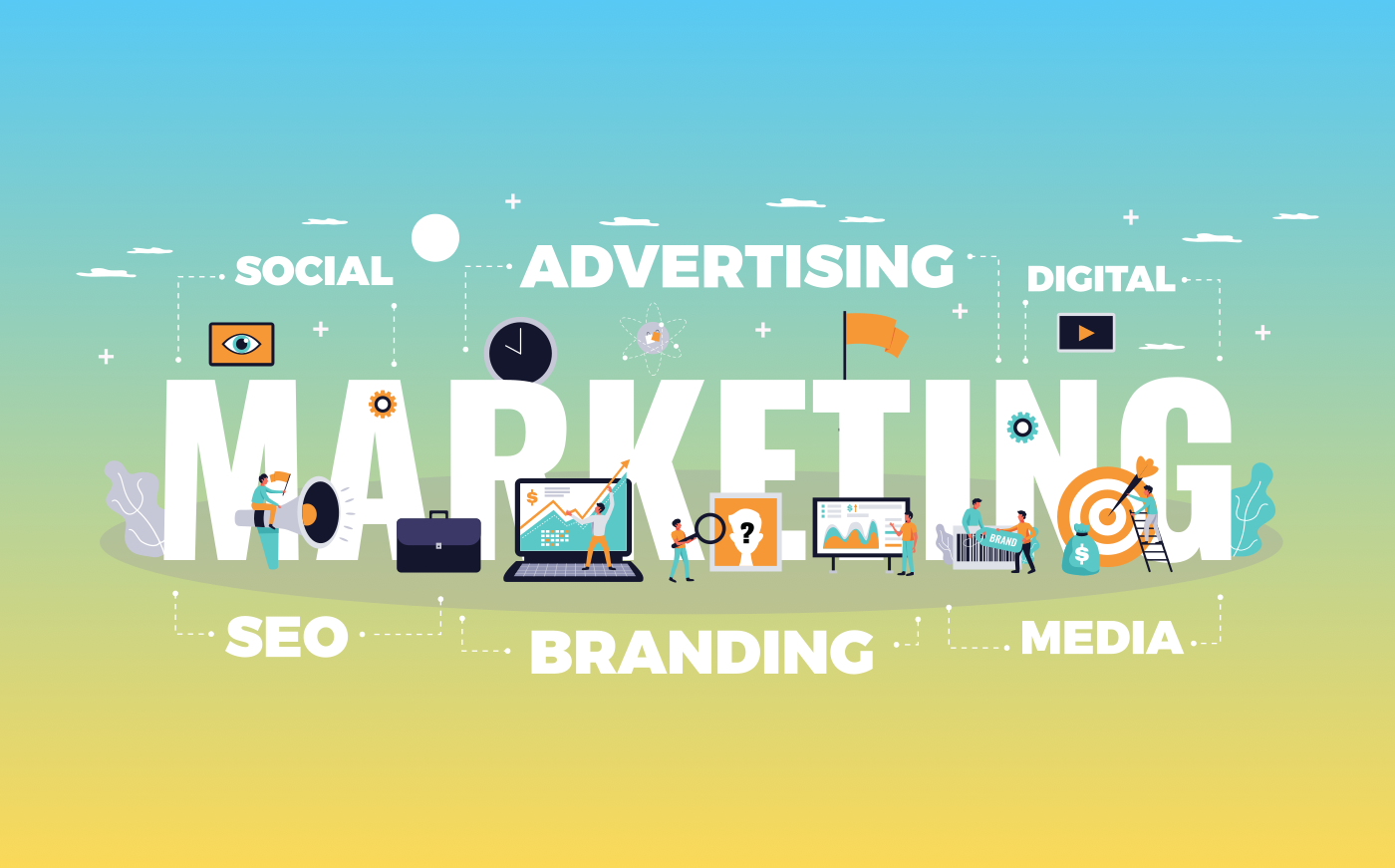
How to Use Pop-Ups Without Annoying Users
In today’s highly competitive digital landscape, grabbing a visitor’s attention is critical. Pop-ups have long been a go-to strategy to increase conversions, capture emails, promote offers, and reduce bounce rates. But there’s a fine line between engaging your users and driving them away. Misused, pop-ups can feel intrusive and spammy. Used wisely, however, they can be powerful tools in any marketer’s arsenal. If you’re exploring strategies in Digital Marketing Courses in Pune, learning how to use pop-ups effectively—without annoying users—is a must-have skill.
This article will explore what makes a good pop-up experience, when and how to deploy pop-ups, tools you can use, and real-world best practices that balance user experience with conversion goals.
What Are Pop-Ups in Digital Marketing?
Pop-ups are graphical user interface elements that appear on top of a website’s content to prompt users to take action. They can range from email signup forms to discount code offers, content downloads, exit-intent messages, and more. While they are effective, they can also disrupt the user journey if not handled correctly.
Why Use Pop-Ups at All?
Despite their bad reputation, pop-ups can be extremely effective when deployed strategically. Here are some proven benefits:
- Higher Conversion Rates: Studies show that pop-ups can improve email opt-in rates by up to 3X compared to static sign-up forms.
- Better Lead Generation: Well-designed pop-ups can be tailored to capture leads with specific interests.
- Customer Retention: Exit-intent pop-ups can recover abandoning visitors with last-minute deals or free shipping.
- Encourage Action: Immediate calls to action (CTA) during the user journey can nudge users in the right direction.
So the challenge isn’t whether to use pop-ups—it’s how to use them wisely.
Types of Pop-Ups
Understanding the types of pop-ups helps marketers choose the right format for the right audience at the right time.
- Entry Pop-Ups
These appear as soon as a user lands on your page. They can be useful for time-sensitive offers but can also annoy first-time visitors if not used carefully.
- Exit-Intent Pop-Ups
These detect when a user is about to leave and display a message or offer. Great for reducing cart abandonment or providing final encouragement.
- Scroll-Triggered Pop-Ups
Activated when a user scrolls down a specific percentage of the page, indicating engagement.
- Time-Delayed Pop-Ups
Appear after a user has spent a certain amount of time on the page—usually between 30 to 60 seconds.
- Click-Triggered Pop-Ups
Triggered by user actions like clicking a button or link. These are generally the least intrusive and offer better UX.
How to Use Pop-Ups Without Annoying Users
- Understand User Intent
Before showing a pop-up, consider where the user is in their journey. Someone landing on your homepage doesn’t want to be bombarded with offers instantly. Someone reading your blog may be more receptive after scrolling through content.
Best Practice: Trigger pop-ups only after meaningful user engagement, like 50% scroll or 45 seconds on-site.
- Use Exit-Intent Technology
Exit-intent pop-ups are less disruptive since they only appear when users show signs of leaving. This method gives …































































































